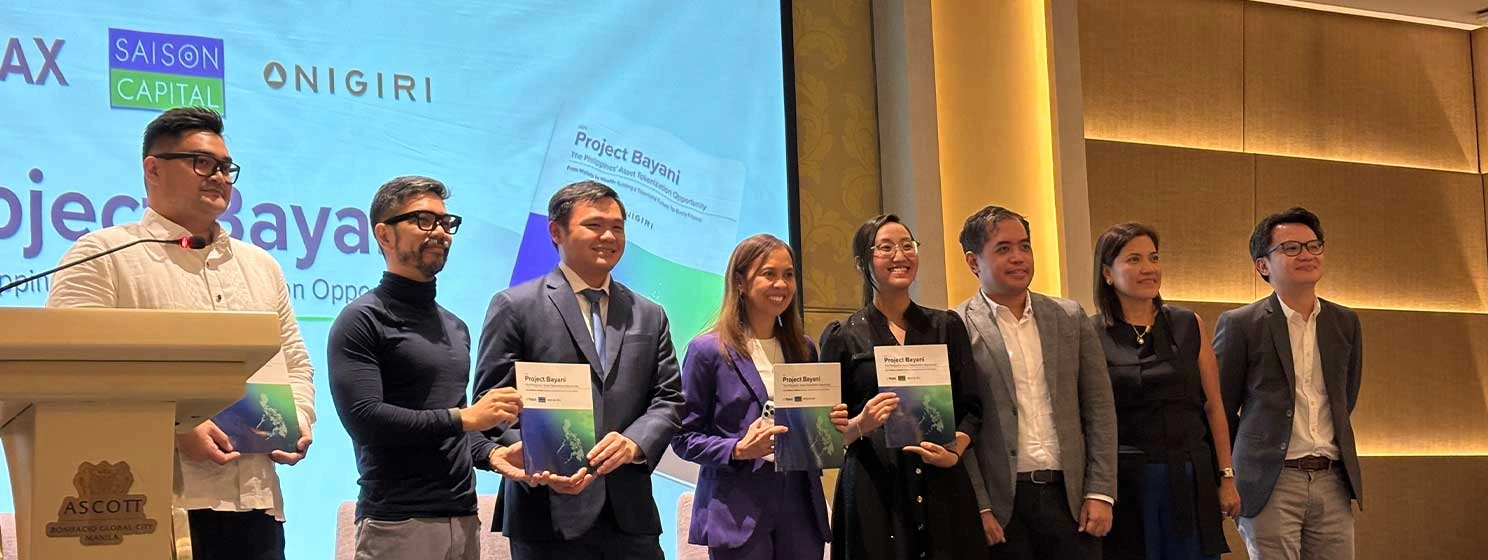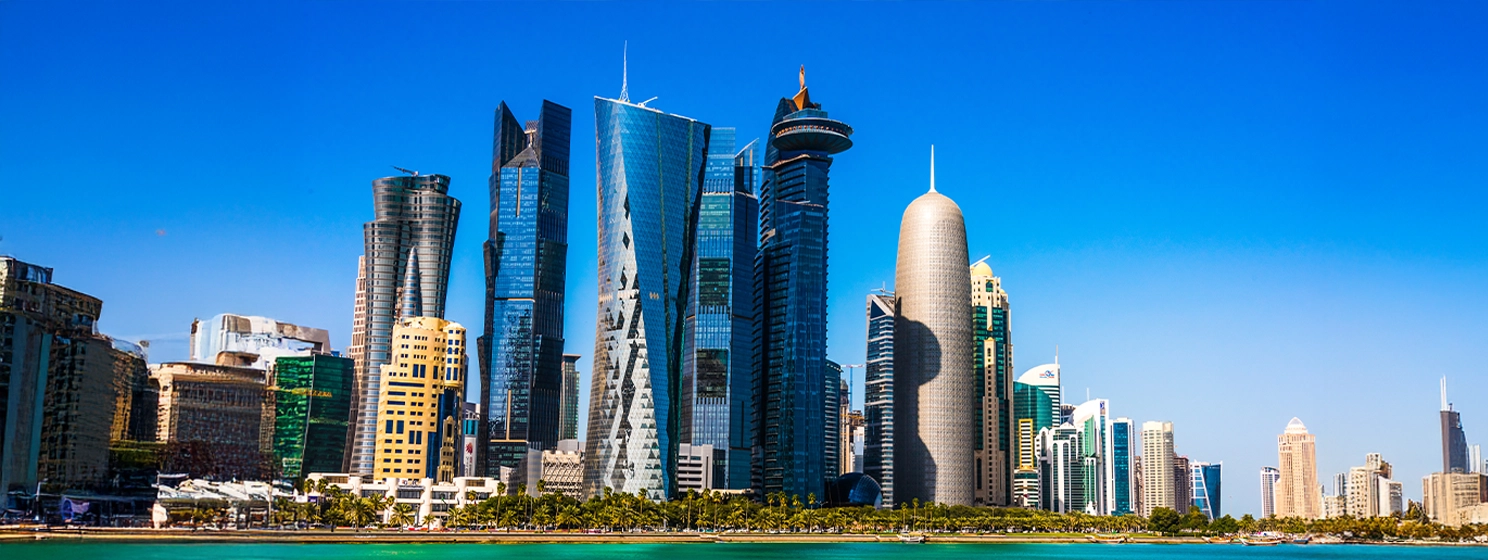|
Getting your Trinity Audio player ready...
|
Did you know we have our own version of Silicon Valley right here in the Philippines?
It’s called Sinigang Valley, and just like the beloved Filipino dish it’s named after, it’s a flavorful mix of ideas, innovation, and collaboration. Think of it as the local tech community’s witty take on the world’s most iconic startup hub—only with a distinctly Filipino twist.
“Sinigang Valley came from a play of words from Silicon Valley, so it really represents the tech scene here in the Philippines,” said Rene Cuartero, Co-Founder and CEO of AHG Lab. “But we put some Filipino flavor into it. If you look at sinigang, it has so many different flavors, the ingredients, and everything that’s in it—that makes it so unique but also delicious. All of those coming together is, let’s say, the Filipino flavor—similar to the different aspects of the Filipino startup ecosystem coming together, mixing, making that wonderful bowl that is wonderfully served to the community.”
I had the chance to attend the BUILD Startup Festival hosted by the Sinigang Valley Association and speak with founders, investors, and ecosystem builders about the future of tech in the Philippines. One thing was clear: the energy is real, and everyone’s hungry to build something that lasts.
More than just a catchy name, Sinigang Valley has become a hub of connection for anyone involved in startups—from developers and funders to policy advocates and tech service providers.
“Sinigang Valley tries to be a community beacon,” Cuartero explained. “Where whatever you are trying to do in this startup ecosystem—whether you’re an investor or a startup founder, you’re a service provider for startups—you can come to Sinigang Valley, join and participate, learn, but also provide wisdom and learning to other players. By becoming this community beacon, people have a safe space to be able to discuss difficulties and even challenges. And I think it’s one of the unique things about Sinigang Valley compared to other industry organizations.”
So, what’s brewing in the Filipino startup space? A lot.
The Philippines may have started late in the tech race compared to some of its neighbors, but that’s actually been a blessing in disguise.
“We’re quite late when it comes to experiencing growth,” Cuartero said. “But it also means we have a lot of experience that we could actually take lessons from. We’ve both experienced the hyper-growth of the early 2020s and the funding winter from 2020 to 2023, which means a lot of our Philippine startups are more rational, they’re much better with their unit economics, and are building more stable businesses.”
Another major advantage? Our people. The Philippines has one of the youngest populations in Southeast Asia, giving rise to a new wave of online-first consumers—and, by extension, a new generation of agile, tech-savvy startups.
“The average age of the Philippines is 25 years old,” said Paulo Campos, Founding Managing General Partner of Kaya Founders. “There are young people adopting new behaviors, many of them online-first. The pandemic really accelerated that digital adoption of Filipinos very sharply… what you had was a new breed of startups emerge. They were able to gain traction quickly—some very notable ones raising very exciting rounds—that caused investors to take note.”
Still, there are challenges. Regulatory red tape and outdated tax policies can slow down innovation.
“We have to work together to shape policies like tax incentives,” said Dennis Velasco, Founder and CEO of Prosperna. “Instead of governments just trying to tax companies for using technology… we should incent companies, give them credits, give them benefits to use technology.”
Campos added that “there needs to be a predictable business environment. The startup journey is already so uncertain… What a founder does not need is a layer of uncertainty caused by either a misaligned public policy or a regulation that might not be thinking about startups.”
Despite these hurdles, industry leaders remain bullish on what lies ahead.
“There’s going to be probably a lot more investments and more startups coming in, in AI [artificial intelligence], blockchain, and all of these different sectors which are still not as tapped or taken advantage of in the Philippines,” Cuartero noted. “I think a lot of our businesses are really looking for solutions to solve problems.”
What makes the moment even more exciting is the return of globally trained Filipino talent, eager to build at home.
“Many of those ethnic Filipinos are coming home to the Philippines,” Campos said, “taking their expertise, their training, what they’ve learned in more developed markets, and building companies for the Philippines. So, this is a unique advantage—and one of the reasons why I say you can really bet on the Philippines.”
From the flavors of Sinigang Valley to the bold ideas of tomorrow’s founders, one thing is certain: the Philippines is cooking something special. And investors, innovators, and developers worldwide would be wise to take a seat at the table.
Watch: The Philippines is moving toward blockchain-enabled tech

 12-19-2025
12-19-2025 




